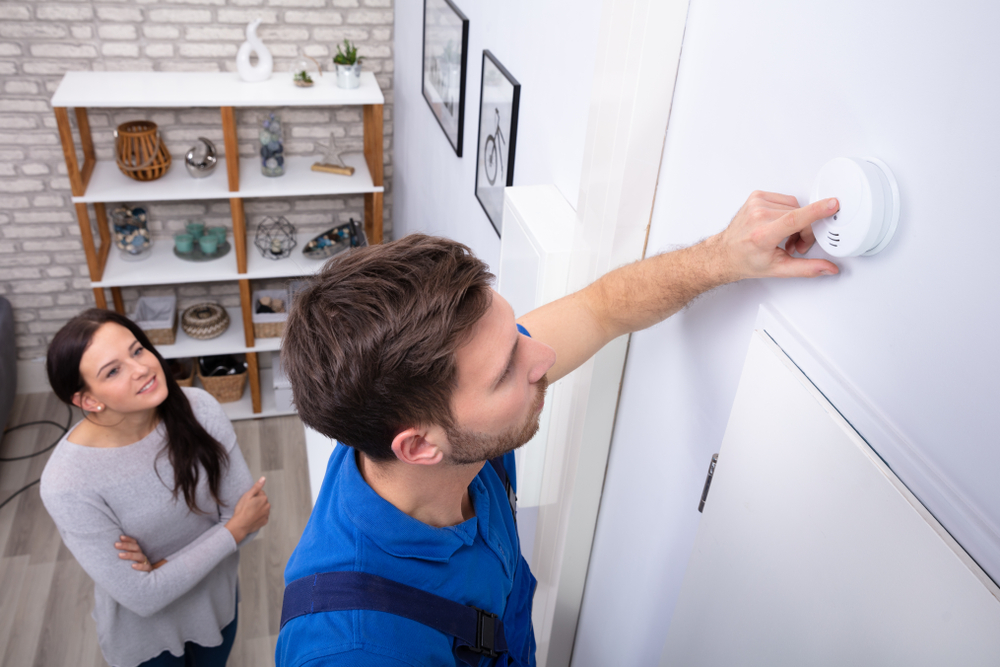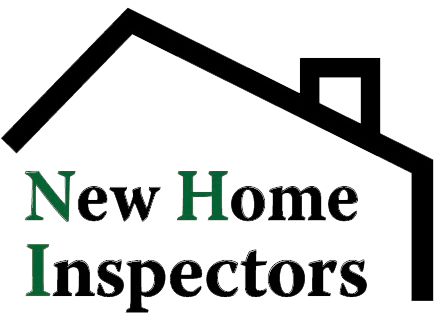
As your dedicated partners in home safety on Long Island, New Home Inspectors commit to providing you with valuable knowledge and insights. In this post, we delve into the critical realm of a home inspection report: smoke alarms. Smoke alarms constitute an essential aspect of safeguarding your family and property from the devastating effects of fires. Let’s explore the significance of smoke alarms, the inspection process, and why a professional home inspection is crucial.
The Significance of Smoke Alarms
Smoke alarms stand as the unsung heroes of home safety. These small, unassuming devices have repeatedly proven their lifesaving capabilities. When a fire erupts, smoke is often the first sign of danger. This is where smoke alarms come into play. They quickly detect the presence of smoke and emit a loud, attention-grabbing alarm, providing you and your family with valuable time to evacuate safely.
Statistics from the National Fire Protection Association (NFPA) underscore the importance of smoke alarms. For instance, homes equipped with working smoke alarms carry a significantly lower risk of fatalities in fires. Furthermore, the NFPA reports that three out of five home fire deaths occur in properties lacking functioning smoke alarms or with no alarms installed at all.
Where Should a Smoke Alarm be Placed in a Home?
Smoke alarms should be strategically placed throughout a home to provide early warning in the event of a fire. Therefore, proper placement is crucial to ensure that smoke alarms can detect smoke and trigger an alarm when needed. Here are some guidelines for where to place smoke alarms in a typical home:
- Bedrooms: Install a smoke alarm in every bedroom or sleeping area.
- Hallways: Smoke alarms should be installed in hallways outside of bedrooms. If a fire starts in a bedroom, the alarm in the hallway will provide an early warning.
- Living Areas: Place smoke alarms in living rooms, family rooms, and dens. These areas are often where fires may originate due to electrical appliances or heating sources.
- Kitchen: While it’s important to have a smoke alarm in or near the kitchen, be mindful of false alarms from cooking.
- Basement: Install a smoke alarm on every level of your home, including the basement. Fires can start in the basement and may not be immediately detected on upper levels.
- Attic and Crawl Spaces: Consider placing a smoke alarm in these areas to detect fires that may start there.
- Stairwells: If your home has multiple levels, place a smoke alarm in the stairwell to detect smoke as it rises or descends.
- High Ceilings: If your home has high ceilings, consider installing smoke alarms on the ceiling or high on the wall to ensure effective smoke detection.
- Interconnection: Whenever possible, interconnect smoke alarms so that if one alarm detects smoke, all alarms in the home will sound simultaneously.
- Follow Manufacturer’s Instructions: Always follow the manufacturer’s guidelines for installation and placement. Different types of smoke alarms (ionization, photoelectric, or combination) may have specific placement recommendations.
The Smoke Alarm Inspection Process
Regular inspection and maintenance of smoke alarms are vital to ensure they function optimally when you need them the most. Here is what you can do to carry out a smoke alarm inspection in your new home:
- Visual Examination: Take a thorough visual assessment of each smoke alarm in your home. Check for any physical damage, signs of wear, or obstructions that could hinder their operation.
- Battery Check: One of the most common reasons for smoke alarm failure is dead or missing batteries. Ensures that all batteries are functioning correctly and, if needed, replace them with fresh ones.
- Testing the Alarms: Test each smoke alarm to verify its responsiveness. Trigger the alarm using the built-in test button and confirms that it emits a loud, audible sound.
- Location Assessment: Location is everything when buying a home! Similarly, location and proper placement of smoke alarms is crucial for their effectiveness. Ensures that each alarm is strategically located in compliance with safety standards in New York.
- Age Evaluation: Smoke alarms have a limited lifespan, typically around 10 years. Check the manufacturing date or expiration date of each alarm to assess its age.
Conclusion
Paying close attention to the smoke detectors on your home inspection report yields invaluable returns in terms of your family’s safety. Don’t underestimate the role of these unassuming devices in safeguarding your Long Island home from the devastating effects of fires.
At New Home Inspectors, we prioritize your safety above all else. Our certified home inspectors are equipped with the expertise and dedication needed to assess your smoke alarms comprehensively. Let us partner with you in securing a safer home for you and your loved ones.

